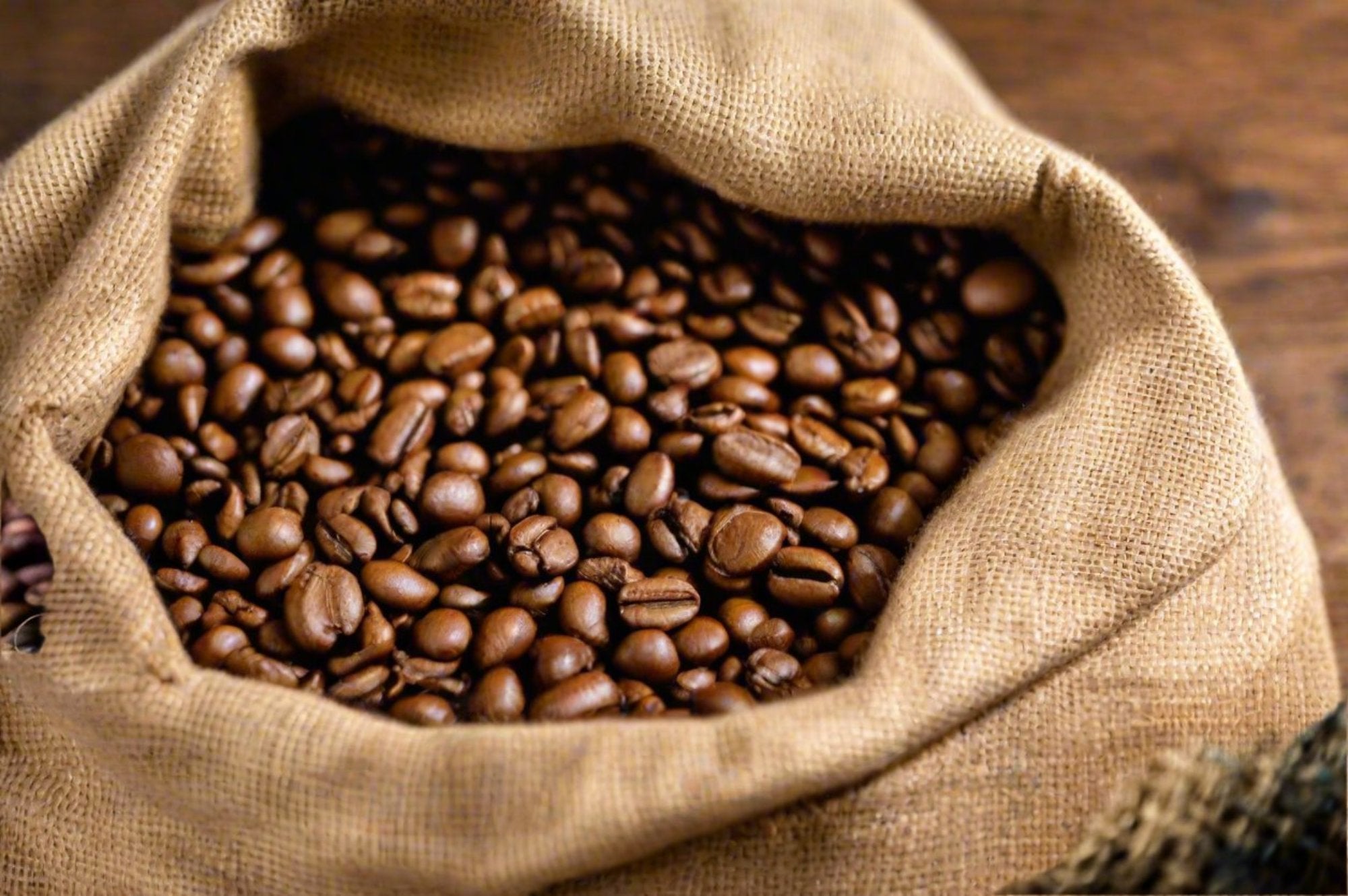A First-Time User’s Guide to Understanding SOE Single Origin Espresso
A First-Time User’s Guide to Understanding SOE Single Origin Espresso
Blog Article
Comprehending Coffee Beans: the Journey From Espresso to Blended Coffee Beans

The Origins of Coffee: A Global Perspective
While you could think of coffee as a contemporary staple, its beginnings trace back centuries, intertwining with societies across the world. The tale begins in Ethiopia, where legend claims a goat herder called Kaldi uncovered the energizing impacts of coffee beans after observing his goats romping energetically after consuming them.
As trade courses expanded, coffee made its way to Europe in the 17th century, quickly acquiring popularity. Each culture added its one-of-a-kind twist to coffee prep work, enriching its background.
Farming and Harvesting of Coffee Beans
As coffee's journey advanced, the emphasis changed to the farming and harvesting of specific bean ranges, especially those made use of for espresso. You'll discover that coffee beans often originate from Arabica or Robusta plants, each offering distinct flavors. The perfect expanding problems include high altitudes and rich, well-drained soil, which boost the beans' top quality.
Throughout the harvest, picking techniques vary. In some areas, employees hand-pick ripe cherries, ensuring only the finest fruit goes to processing. In various other locations, mechanical harvesters are used, specifically on larger ranches. Timing is essential; you desire to gather when the cherries reach peak perfection for maximum flavor.
Once harvested, the beans are planned for handling, which is important in establishing their last taste. Understanding the farming and harvesting procedures provides you understanding into what enters into your preferred coffee, enriching your admiration for every cup.
Processing Approaches: From Cherry to Bean
Since you've discovered collecting coffee beans, allow's check out just how those cherries transform right into the coffee beans you like. You'll see exactly how different harvesting methods impact flavor, adhered to by the necessary steps of fermentation and drying. We'll damage down the milling and grading procedure that determines your coffee's high quality.
Gathering Methods Described
When it comes to coffee, understanding harvesting strategies is essential, because they straight influence the taste and high quality of the beans you enjoy. There are 2 primary techniques: discerning selecting and strip selecting. Selective selecting involves hand-picking only ripe cherries, ensuring you get the ideal quality beans. This technique usually results in a richer flavor account, though it's even more labor-intensive. On the various other hand, strip selecting means gathering all cherries at as soon as, despite perfection. While it's quicker and cheaper, this can result in a mix of flavors, impacting the final product. Eventually, the option of harvesting method can considerably affect your coffee experience, so it's worth recognizing just how those beans made it to your mug.
Fermentation and Drying
After gathering, the next action in handling coffee beans play a substantial role fit their taste. You'll discover that fermentation is crucial, as it assists break down the mucilage surrounding the beans, enhancing their preference account. Depending upon the technique, this process can last from a couple of hours to a number of days, with differing results based on temperature and moisture.
When fermentation is complete, drying out adheres to, which is just as vital. You can select from sun-drying or mechanical drying approaches. Sun-drying enables the beans to absorb tastes from the atmosphere, while mechanical drying warranties constant moisture degrees no matter weather. Appropriate drying out is vital to avoid mold and mildew and preserve the beans' quality, inevitably affecting your mug of coffee.
Milling and Grading Refine
As fermentation and drying out established the stage for flavor advancement, the milling and grading procedure warranties that only the most effective coffee beans make it to your mug. This stage includes removing the external layers of the coffee cherry, consisting of the parchment and husk. After milling, the beans are arranged by dimension and weight, ensuring an uniform top quality. You'll discover that grading aids determine problems and classify beans, which affects taste and aroma. Premium beans receive a greater grade, leading to a richer coffee experience. Once graded, the beans await product packaging and delivery, preserving their distinct features. This meticulous process is necessary for supplying the remarkable taste you appreciate in every sip of your favorite brew.
Toasting Strategies: Opening Flavor Potential
When you roast coffee beans, the method you choose can substantially influence the taste account. Understanding the connection in between time, temperature, and toasting strategies is essential to disclosing the potential of your brew. Allow's discover how these elements come together to produce the excellent cup.
Roasting Approaches Clarified
While you might believe that all coffee toasting methods generate the exact same outcomes, the truth is that each technique discloses one-of-a-kind flavor possibilities in the beans. Drum toasting uses a turning drum to uniformly distribute heat, enhancing caramelization and creating a balanced taste. Air roasting, on the various other hand, distributes warm air around the beans, promoting a lighter roast with noticable acidity.

Impact on Taste Account
Different toasting methods not only influence the procedure but likewise considerably influence the taste account of the coffee beans. Dark roasts, on the various other hand, bring out strong, smoky flavors, occasionally masking the bean's unique characteristics. Understanding these nuances aids you value the creativity behind your cup of coffee, improving your general experience with every sip.
Time and Temperature Level Variables
To launch the complete flavor potential of coffee beans, both time and temperature throughout the toasting procedure play substantial functions. When toasting, you'll locate that greater temperature levels can quickly create tastes, but if you hurry it, you could wind up Single Origin Espresso with charred notes. On the other hand, lower temperatures permit for a much more steady taste development, showcasing the beans' distinct features.

Timing is equally as important; extending the roast as well long can lead to a loss of level of acidity and illumination, while also brief a roast could leave the beans underdeveloped. Locating that sweet place calls for method and testing. By changing these factors, you can reveal the abundant, intricate flavors hidden within each bean, developing a genuinely remarkable coffee experience.
The Art of Mixing: Crafting One-of-a-kind Coffee Accounts

Beginning by selecting a base coffee that offers a solid foundation. A brilliant Ethiopian bean can bring fruitiness, while a rich Brazilian coffee adds body.
As you mix, bear in mind that each combination narrates. You're not simply making coffee; you're developing an experience. So, take your time, preference often, and enjoy the journey of discovering your trademark mix.
Brewing Approaches: Just How Preparation Influences Taste
Mixing coffee opens up a domain of taste possibilities, but how you brew that blend can substantially influence your final cup. On the various other hand, a pour-over highlights the coffee's quality and brightness, perfect for showcasing delicate notes.
Espresso, with its high stress, generates a focused shot that accentuates sweet taste and crema. If you like a lighter brew, consider a cool brew method; it generates a smooth, much less acidic preference.
Eventually, experimentation is essential. Readjusting variables like water temperature, grind size, and make time can transform your coffee's profile. So, accept the art of brewing to find the tastes hidden in your coffee blends. The right approach can boost your experience to brand-new heights.
The Future of Coffee: Sustainability and Innovation
As the coffee sector advances, sustainability and innovation are becoming vital for dealing with environmental obstacles and conference consumer demands. You'll observe that more coffee business are adopting environmentally friendly practices, from sourcing beans ethically to executing sustainable farming methods. These shifts not only aid the earth however additionally improve the quality of the coffee you take pleasure in.
You may see developments like naturally degradable packaging and water-saving brewing approaches that minimize waste. Advanced modern technology, such as blockchain, is also coming to be preferred, guaranteeing openness in the supply chain, which permits you to trace your coffee back to its origins.
Additionally, investing in local communities and sustaining farmers with reasonable profession campaigns fosters an extra lasting coffee community. As you drink your next cup, keep in mind that your choices can add to a brighter future for coffee. By selecting sustainable brands, you're not just taking pleasure in a drink; you're making a positive influence on the world.
Often Asked Inquiries
What Is the Difference Between Arabica and Robusta Beans?
Arabica beans are smoother, sweeter, and have a greater level of acidity, while robusta beans are more powerful, extra bitter, and include more high levels of caffeine. When brewing your coffee., you'll see these differences in taste and scent.
Exactly How Does Altitude Affect Coffee Bean Taste?
Altitude impacts coffee bean flavor considerably. Higher elevations produce beans with brighter level of acidity and complicated tastes, while reduced altitudes often produce beans that are heavier and less nuanced. You'll observe these differences in your mug!
What Are the Health Conveniences of Alcohol Consumption Coffee?
Consuming coffee can boost your energy, enhance psychological focus, and even improve physical performance. It's rich in anti-oxidants, might reduce the danger of specific illness, and can promote a healthier metabolic process when consumed in small amounts.
Can Coffee Beans Be Recycled for Brewing?
Yes, you can reuse coffee beans for developing, but the flavor could be weaker. If you appreciate trying out, try recycling them in various methods, like cold mixtures or contributing to smoothie mixes for an added kick.
How Should I Shop Coffee Beans for Freshness?
To keep your coffee beans fresh, store them in an impermeable container in a great, dark area. Prevent subjecting them to light, warmth, or wetness, as these elements can quickly weaken their flavor and scent.
Understanding Coffee Beans: the Trip From Coffee to Blended Coffee Beans.
Now that you have actually learned concerning harvesting espresso beans, allow's discover just how those cherries transform into the coffee beans you love.When you roast coffee beans, the technique you select can considerably impact the taste profile - Single Origin Espresso.While you might believe that all coffee toasting techniques yield the exact same results, the reality is that each method exposes distinct taste potentials in the beans.Different toasting approaches not only affect the process but additionally substantially impact the flavor account of the coffee beans
Report this page